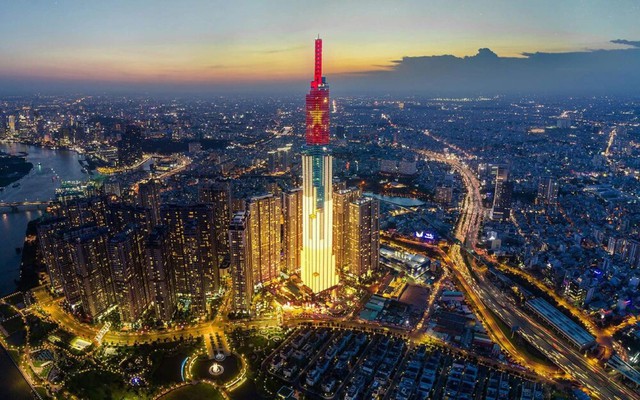World Bank report outlines path to high income for Viet Nam by 2045
VGP – The World Bank has published a report entitled “Viet Nam 2045: Trading Up in a Changing World – Pathways to a High-Income Future” on how the country can upgrade its participation in global value chains to achieve high income status by 2045.

Integration into global markets has been the key driver of Viet Nam's development success over the past 40 years, propelling one of the longest and fastest economic expansions in modern history.
Today, Viet Nam is one of the most open economies in the world with about half of the country's GDP and every second job, directly and indirectly depending on exports.
Building on its past success, Viet Nam has set ambitious goals for the future, aiming to become a modern, high-income economy by 2045. This requires sustaining annual per capita GDP growth of about 6 percent over the next two decades.
Achieving this goal will depend on Viet Nam's ability to move up the value chain by advancing into higher value-added manufacturing and services through investments in technology, skills, and innovation.
Viet Nam will need to manage this transformation amid heightened global uncertainty and profound shifts in the global trading system.
"To sustain rapid growth, Viet Nam will need to transition from labor-intensive, low value-added final assembly into higher value-added manufacturing and services," said Manuela V. Ferro, World Bank Vice President for East Asia & Pacific.
"In addition, amid global trade shifts and rising uncertainty, diversifying trade and investment partnerships will be essential for building resilience and ensuring long-term success."
The World Bank proposes a multipronged approach to unlock productivity growth, attract private investment, and upgrade participation in global value chains. Policy options include deepening regional trade integration; linking domestic enterprises to global supply chains; promoting skill- and technology-intensive manufacturing and high-value-added services; and transitioning to low-carbon, climate-resilient production.
The report's findings were presented at a high-level workshop with Vietnamese policymakers in Ha Noi on November 20. Dr. Nguyen Xuan Thang, Politburo member and president of the Ho Chi Minh National Academy of Politics and Manuela V. Ferro, World Bank Vice President for East Asia and Pacific co-chaired the event.
The report was prepared with financial support from the Australian Government through the Australia– World Bank Strategic Partnership (ABP2).
After nearly 40 years of renovation, the Vietnamese economy has experienced a period of continuous growth. Growing from an underdeveloped country, the country has now surpassed the lower middle-income level and is aiming to become an upper middle-income country by 2030 and a high-income nation by 2045./.
